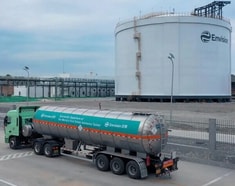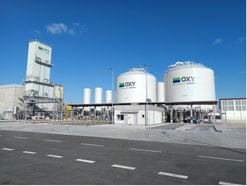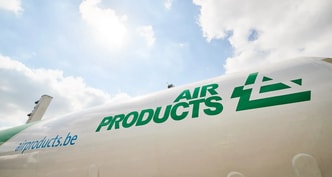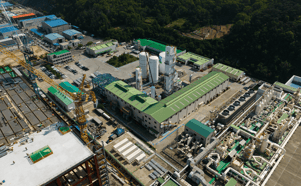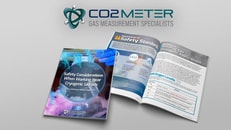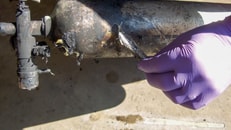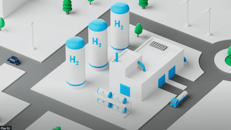North America to dominate SAF production capacity by 2030
North America is expected to produce 2,418 million gallons per annum of sustainable aviation fuel (SAF) by 2030, followed by Europe and Asia with 1,246 million gallons per annum and 898 million gallons per annum, respectively.
That’s according to a new reported, titled SAF market production capacity analysis by region, refinery type, top countries, and companies to 2030, and published by data and analytics company GlobalData.
Noting SAF as a prominent solution to reducing carbon emissions, the report says the growth in SAF production will be the result of a “slew” of projects. Focused on the US, the report highlights Decatur Renewable, US, Renewable II, and Houston Renewable III as major projects.
Bhargavi Gandham, Oil and Gas Analyst at GlobalData, said, “The global SAF production capacity is primarily being planned through standalone renewable refineries. Some crude oil refineries are also either being converted into fully or partially renewable refineries to accelerate SAF production capacity in the future.”
... to continue reading you must be subscribed






